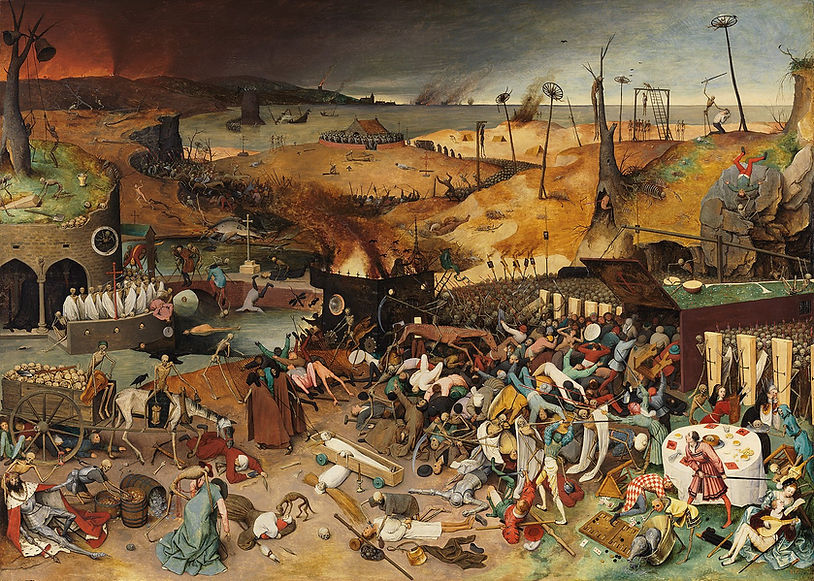By: Andy Xu
Through finding shards of bacterial DNA in teeth from the deceased bodies of
plague victims in a cemetery, a group of researchers were able to discover the
unlikely origins of the deadly disease which killed a third of Europe’s
population.
Researchers Wolfgang Haak and Johannes Krause of the Max Planck
Institutes for Evolutionary Anthropology and the Science of Human History in
Germany, as well as Philip Slavin of the University of Stirling in Scotland,
found that the earliest strand of the Black Death originated from a small
settlement of traders between the years 1338 or 1339. It grew in what is now
known as Kyrgyzstan but remained dormant for eight years before it was
unleashed in Eurasia.
The bubonic plague, otherwise known as the Black Death because of how
lethal it was during the 14th century and the common symptom of black dots
that appear on its victim’s bodies, is caused by Yersinia pestis, a bacterium.
This bacterium is transported through the fleas living on rodents.
Giovanni Boccaccio, a first-hand witness of the effects of the Black Death,
noted that the disease “showed its first signs in men and women alike by
means of swellings either in the groin or under the armpits, some of which
grew to the size of an ordinary apple and others to the size of an egg, and the
death.”
The researchers started their detective adventure in London and analyzed the
teeth of deceased plague victims in a graveyard. They found that bacteria
DNA was present in the teeth and continued this process in many different
burial sites around Europe. The researchers then concluded that an event
they called the Big Bang was what led to the formation of 4 different strands
of the bubonic plague. They then wanted to find when and where this so-called Big Bang occurred.
One of the researchers, Dr. Slavin was aware that there were two Christian
burial sites in Kyrgyzstan and wanted to see if the plague
killed people in that burial site. Through finding plague DNA in some of the
people that were buried, and along with engravings on the tombstone that
said that those people died of a mysterious “pestilence,” the researchers
concluded that the strain in Kyrgyzstan was indeed the Big Bang they were
looking for after all.











